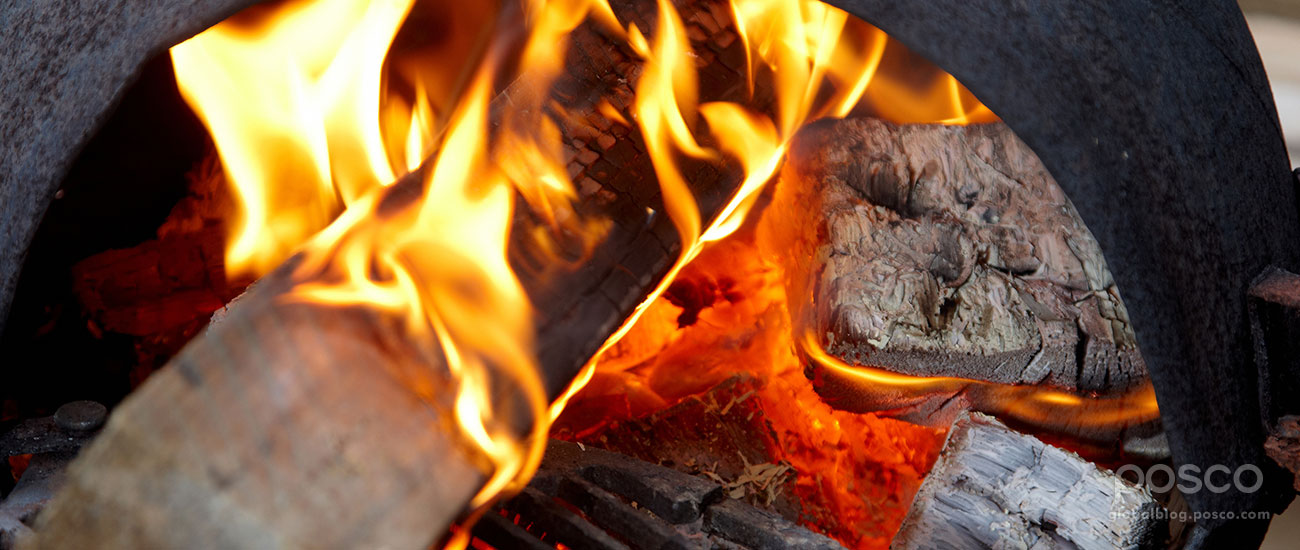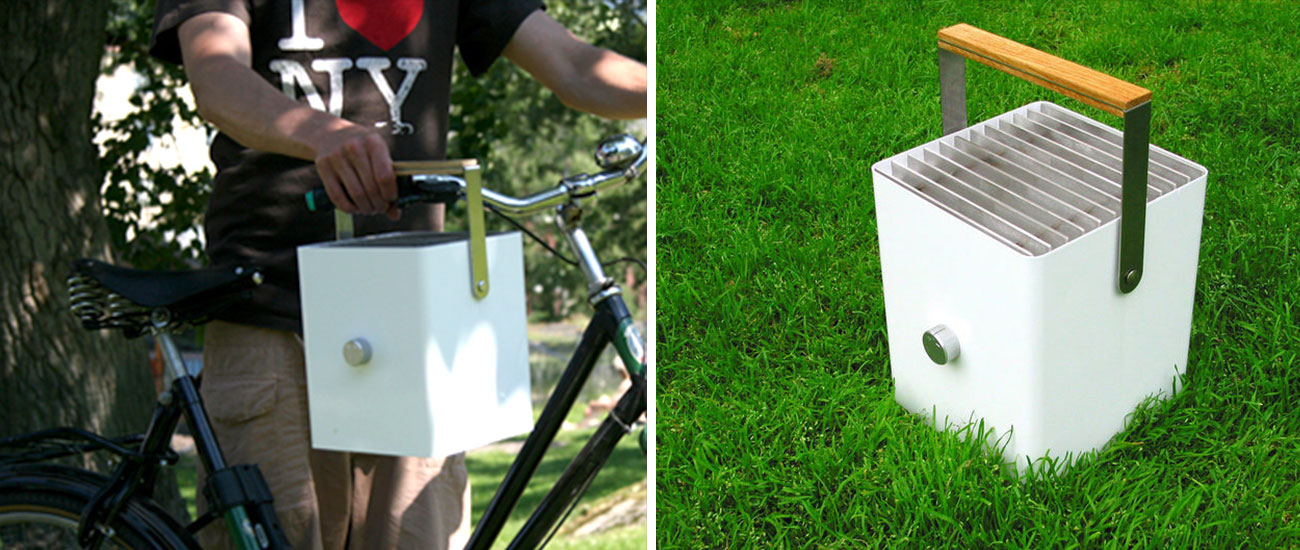Few things bring people together quite as well as the familiar aroma of smoke, hot metal and the sound of sizzling meat. While barbecue is enjoyed in all corners of the world—from the braais of South Africa to the churrascarias of Brazil—it has become particularly synonymous with American summer over the past 400-some-odd years.
The Barbecue Grill—Then and Now
The term itself, or so conventional wisdom says, comes from the Spanish word barbacoa, which refers to the wooden structure the Arawak people of South America used to roast meat in the seventeenth century.

By the 1700s, the practice had arrived in the Southeastern US, where pigs were pit-roasted for hours; different cooking styles emerged during westward expansion, varying in sauce, cut of meat and use of wood smoke. Yet, it wasn’t until the late 1940s when open brazier grills became a backyard fixture in suburban America.
The first grills weren’t without their flaws, however. Braziers often burned meat without cooking it and ash storms were common on windy days.
But in the early 1950s, George Stephen changed the game with his iconic hemispherical grill design, jokingly referred to as “Sputnik” by his neighbors.
Stephen, a welder, was employed by Weber Brothers Metal Works, a metalwork shop that dealt in welding steel spheres together to make buoys. Annoyed by ash getting into his food when he grilled, Stephen took the lower half of a buoy, welded three steel legs onto it and fashioned a shallower hemisphere for use as a lid. He took his project home and soon enough, established Weber-Stephen Products Co.

Stephen’s kettle grill is still considered to be the quintessential American grill design and has remained one of the most commercially successful charcoal grill designs to date. Still, grill styles continued to evolve from ones that use charcoal briquettes, like Stephen’s, to gas-fueled devices, and later infrared burners.
Portable burners like the hibachi (not to be confused with the Japanese heater) made grilling on-the-go easier, thus changing camping and picnic practices forever. Hibachis are typically made of cast iron and resemble traditional, Japanese, charcoal-heated cooking utensils called shichirin.
In recent years, designer Klaus Aalto redefined portable grilling with his City Boy Picnic Grill for Finnish manufacturer Selki-Asema. The grill’s shell is made of powder-coated steel, the grill of stainless steel and the handle of stainless steel and oak. Measuring in at just 7.1 inches wide, 7.1 inches deep and 8.7 inches tall, the grill can easily be taken along on a boat trip, for a walk in the forest or simply out in your garden.
Grilled to Perfection
There are multiple reasons why so many grill manufacturers are incorporating various types of steels—ranging from stainless to porcelain-coated to chrome-plated—into their product components.
Stainless steel generally doesn’t yield the same amount of high heat that a cast iron grill is able to produce, but what it lacks in temperature, it makes up for with heat retention. Steel is also much more durable and resilient, able to withstand harsher elements such as sun, wind, rain and salt. This makes it an ideal material for a device that is most often kept outdoors.
While steel grates typically darken with use, this is considered normal (though a quick wipe with a grill brush will solve this) and there’s virtually no clean up since the steel needs no oiling. Maintenance is also easier.

The cooking surfaces on stainless steel grills tend to be larger than those of cast iron grills but this is for good reason—they need to be able to retain enough heat to effectively sear and/or cook food.
Methods of grilling have certainly come a long way since their humble beginnings. This progress, undoubtedly, is due in no small part to the many steels that make the modern-day barbecue possible.
Yet, even though the ways and devices we use to grill have vastly changed over the years, the undeniable enjoyment that results from a barbecue remains constant. So, whether you’re roasting hotdogs over a campfire or searing a steak on your brand-new, high-tech stainless steel grill this summer, bon appétit!

